Lonar Lake, which formed from a meteorite strike 52,000 years ago, exists as an exceptional caldera lake in India’s Maharashtra. The Lonar Lake represents Earth’s ancient history in its geological form. Lonar Lake stands as a culturally important site and a biodiversity hotspot while featuring ancient temples alongside its abundant plant and animal life. Researchers and tourists are drawn to Lonar Lake because its saline and alkaline waters support a distinctive ecosystem. Exploring Lonar Lake reveals its stunning natural landscapes alongside remarkable historical and scientific features.
Quick Details
Type: Impact crater lake
Location: Lonar, Buldhana district, Maharashtra, India
Diameter: Approximately 1.8 kilometres
Depth: Around 150 meters
Formation: Result of a meteorite impact during the Pleistocene Epoch
Unique Features: Saline and alkaline water.
Lonar Lake Location
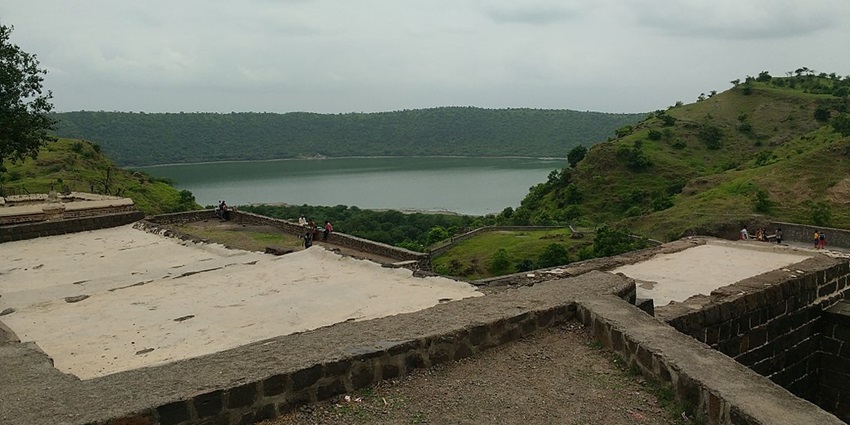
Photo: Trusharm512 / Wikimedia Commons
Lonar Lake is situated in Lonar of Buldhana district of Maharashtra. The location lies roughly 500 kilometres east of Mumbai and stands about 150 kilometres away from Aurangabad. The secluded location of the lake on the basaltic Deccan Plateau enhances its appeal by offering tourists a tranquil retreat from city life.
How To Reach Lonar Lake
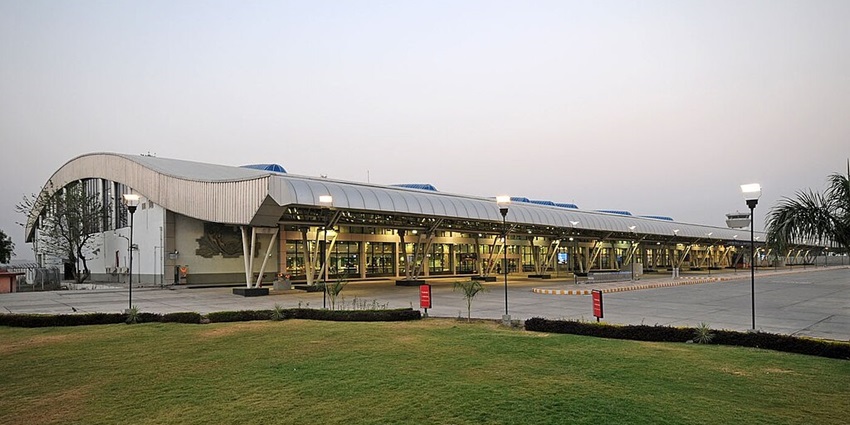
Photo: Vmahendra / Wikimedia Commons / Image For Representation Only
By Air: The nearest airport is Aurangabad Airport, approximately 150 kilometres away Regular flights connect Aurangabad to major Indian cities like Mumbai and Delhi
By Train: Jalna Railway Station, about 90 kilometres from Lonar, is the closest railhead Trains from Mumbai, Pune, and other cities halt here
By Road: Lonar is accessible via road from various cities
Things To Do At Lonar Lake
This only caldera lake in India has exciting activities to offer, ranging from trekking at its rims to camping and stargazing.
1. Trekking Around The Crater Rim
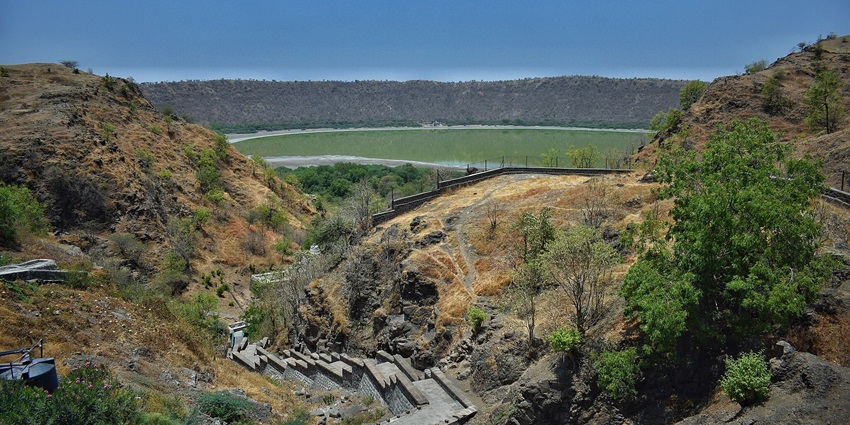
Photo: Abhideo21 / Wikimedia Commons
Hiking around the edge of Lonar Lake provides a distinctive way to view the lake from multiple perspectives. Exploring this trail presents moderate challenges as it passes through thick woods and ancient temples while following rocky routes. During your trek, you might encounter exotic birds and langurs while wild boars appear sporadically. Adventure seekers receive their reward when they reach the top and see the stunning panoramic view of the lake.
Best Time To Visit: Early morning or late afternoon to avoid heat
Difficulty Level: Moderate
2. Wildlife In The Surrounding Forests
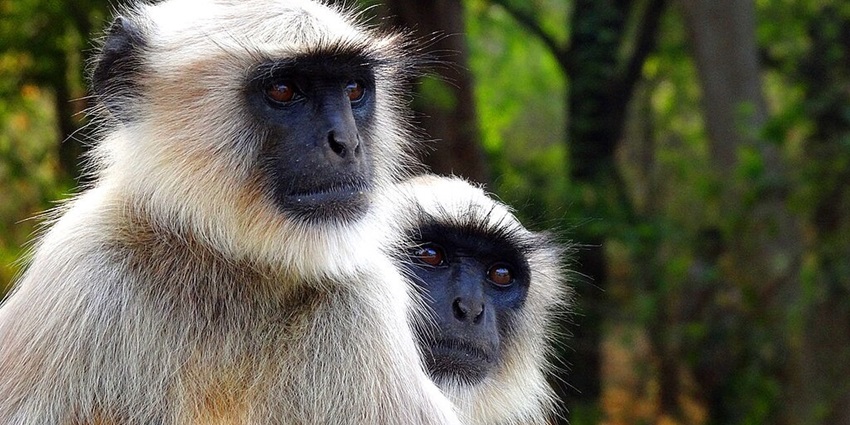
Photo: Manoj Nair / Wikimedia Commons / Image For Representation Only
Source
Image Credit: Manoj Nair / Wikimedia Commons / Image For Representation Only
Birdwatchers find Lonar Lake a paradise because more than 100 species gather around its waters and adjacent green areas. Peafowls, herons, Brahminy ducks, parakeets and hoopoes are among the bird species that you can observe. Birdwatchers should visit early mornings and evenings because these periods see the highest bird activity.
Best Season for Birdwatching: October to February
Best Spots: The lake’s periphery and Gomukh temple area
3. Stargazing And Night Camping
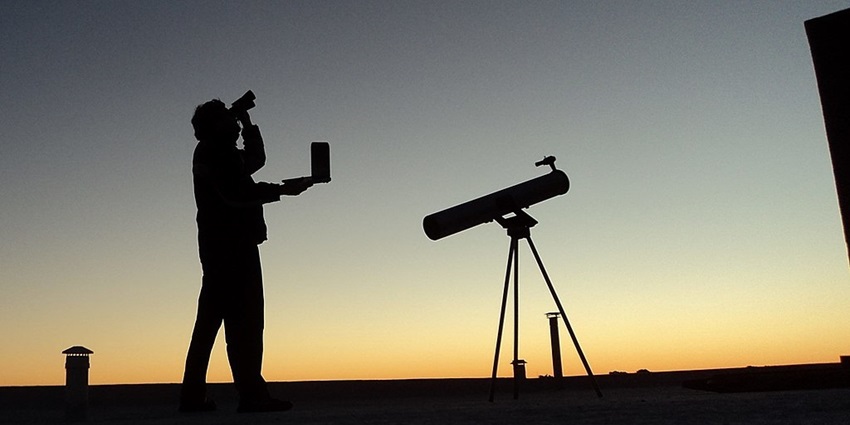
Photo: Fernando de Gorocica / Wikimedia Commons / Image For Representation Only
The distance of Lonar from urban areas creates perfect conditions for stargazing due to the absence of city lights. The sky retains its pristine condition enabling brilliant observations of constellations and planets along with the Milky Way during a clear night. Local tour operators provide guided camping opportunities by the lake, which include bonfire gatherings, storytelling sessions and astrophotography.
Best Time For Stargazing: New moon nights for better visibility
Required Permissions: Contact the forest department for camping approval
Essentials To Carry: Warm clothing, a telescope (if available), and a flashlight.
Places To Visit Around Lonar Lake
From temple visits to ancient caves and forts, there are many places to visit in and around Lonar Lake.
1. Daitya Sudan Temple
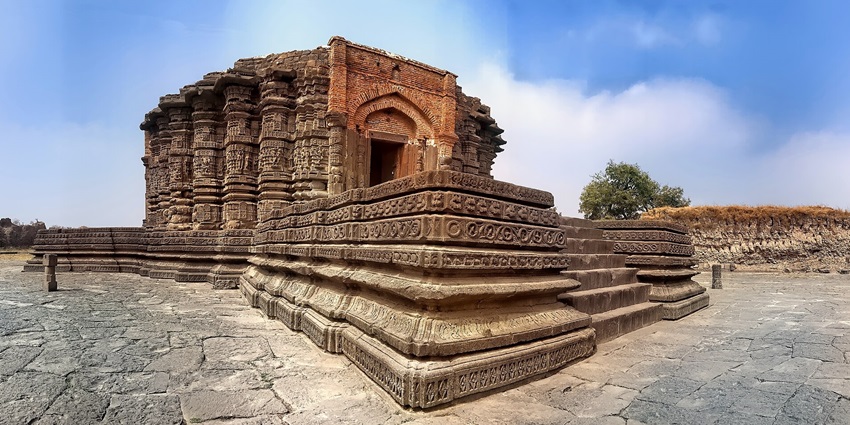
Photo: Aman.arch / Wikimedia Commons
One of the most famous landmarks near Lonar Lake, Daitya Sudan Temple, is an architectural masterpiece dedicated to Lord Vishnu. Built-in the Hemadpanthi style, the temple is adorned with intricate carvings of Hindu deities, celestial beings, and mythological tales. The temple is believed to have been built after Lord Vishnu defeated the demon Lonasura, which, according to local folklore, led to the formation of the Lonar crater.
Location: 1.5 km from Lonar Lake
Interesting Fact: The temple’s architecture bears resemblance to Khajuraho temples
2. Motha Maruti Temple
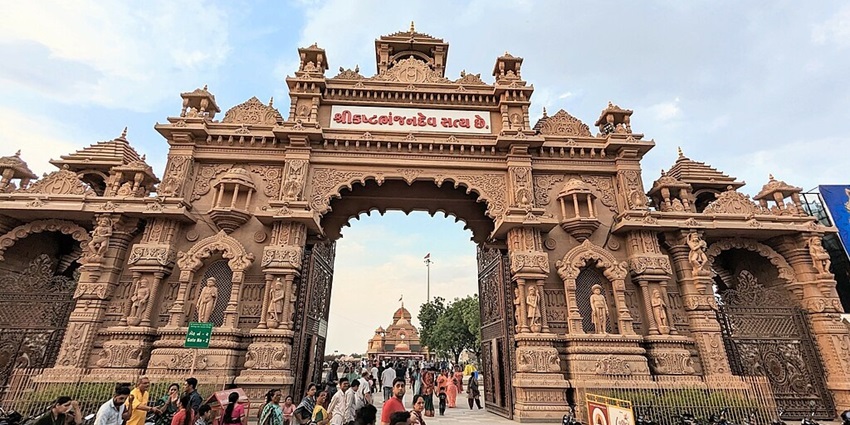
Photo: Rahilarious / Wikimedia Commons / Image For Representation Only
The Motha Maruti Temple houses a unique self-manifested Hanuman idol which devotees consider to be made of magnetic meteorite rock. This Hanuman idol presents a unique feature of being in a reclining position which represents strength and devotion differently from traditional statues. Both religious visitors and science fans travel to the temple located near Lonar Lake to examine the rock’s magnetic properties.
Location: 700 meters from Lonar Lake
Best Time To Visit: Tuesday or Saturday
3. Gomukh Temple
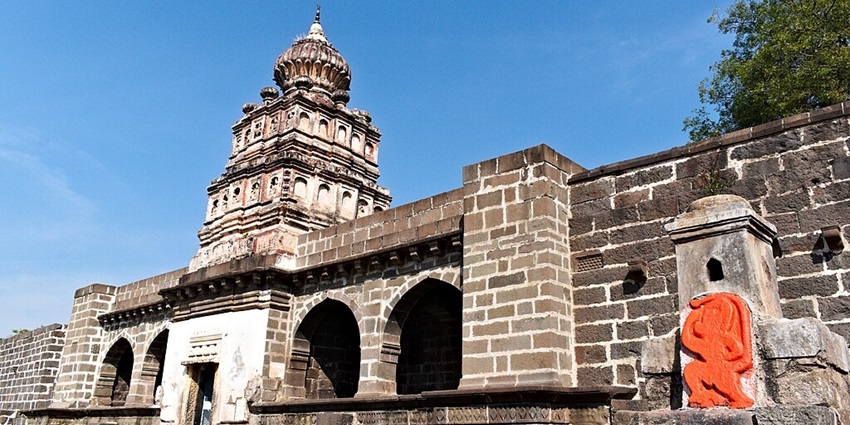
Photo: Rohit14400 / Wikimedia Commons
The Gomukh Temple near Lonar Lake stands in a dense forest and features a freshwater spring that flows endlessly in the shape of a cow’s mouth as described in Sanskrit by the term ‘Gomukh’. Visitors, including pilgrims and tourists, come to this temple to consume its holy water, which possesses reputed medicinal qualities. The tranquil water sounds combined with peaceful surroundings create an ideal place for meditation.
Location: 1 km from Lonar Lake
Best Time To Visit: Monsoon and winter seasons
4. Kamalja Devi Temple
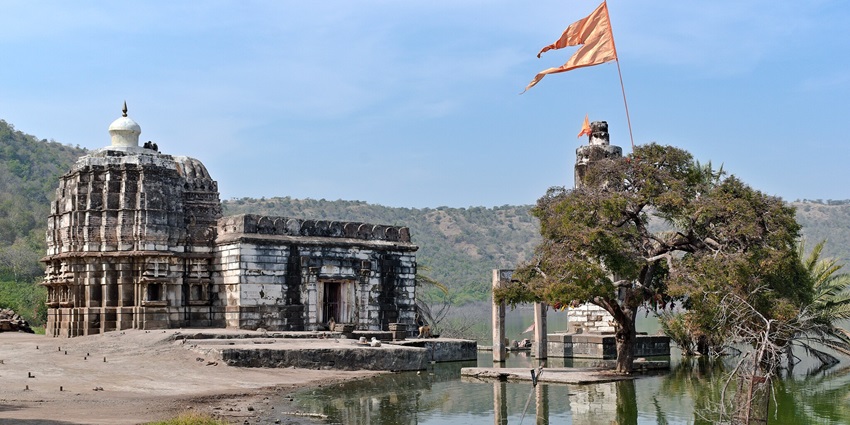
Photo: Rohit14400 / Wikimedia Commons
The temple dedicated to Kamalja Devi stands on the crater rim, providing panoramic views of Lonar Lake. The ancient temple serves as a vital pilgrimage destination for natives who honour Goddess Kamalja throughout Navratri. The temple’s beautiful natural surroundings of forests and wildlife attract both spiritual seekers and nature enthusiasts alike.
Location: Lonar Lake
Best Time To Visit: Early morning for a peaceful visit
Interesting Fact: Local tribes believe Goddess Kamalja protects
5. Ajanta Caves
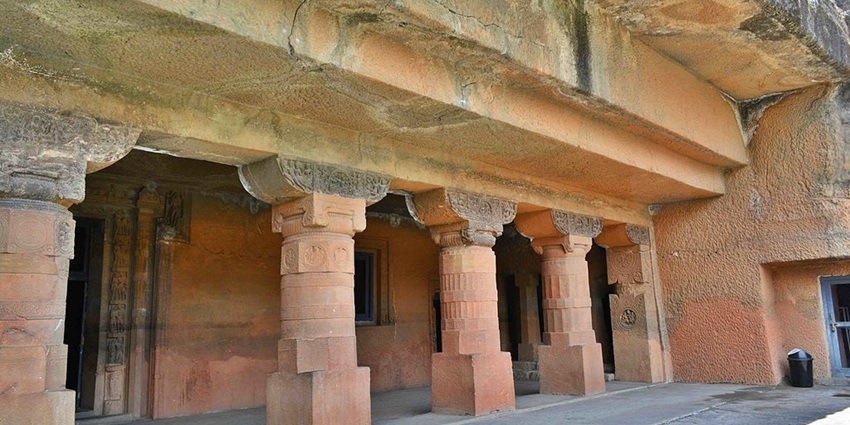
Photo: Anupamg / Wikimedia Commons
Visitors planning a longer journey should add the UNESCO World Heritage Site of Ajanta Caves to their itinerary. Rock Buddhist caves from the 2nd century BCE contain exceptional paintings, murals and sculptures showing events from Lord Buddha’s life. History enthusiasts will find the caves remarkable since the caves combine art and cultural history into one mesmerising spectacle.
Location: 160 km from Lonar, near Aurangabad
Best Time To Visit: October to March
6. Ellora Caves
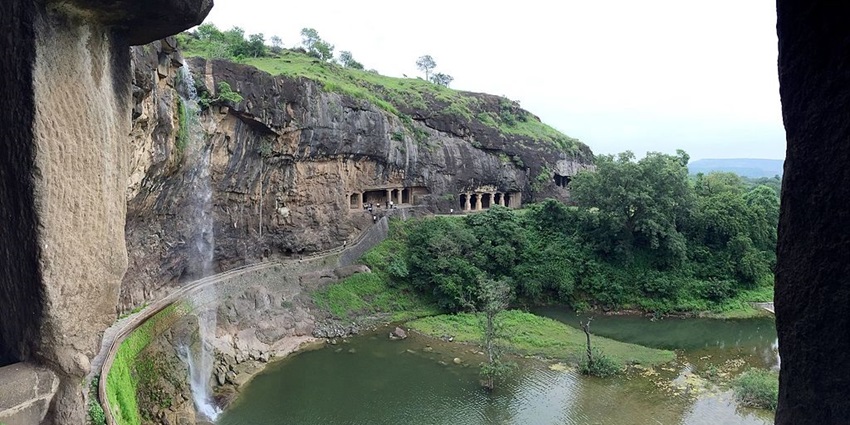
Photo: Ms Sarah Welch / Wikimedia Commons
The Ellora Caves near Lonar hold UNESCO status due to their exceptional blend of Hindu, Buddhist, and Jain rock-carved temples. The Kailasa Temple represents the most famous achievement at Ellora Caves because of its remarkable engineering work and intricate monolithic sculptures. Visitors who explore this site experience a unique combination of historical learning and spiritual discovery.
Location: 140 km from Lonar, near Aurangabad
Best Time To Visit: November to February
7. Sindkhed Raja
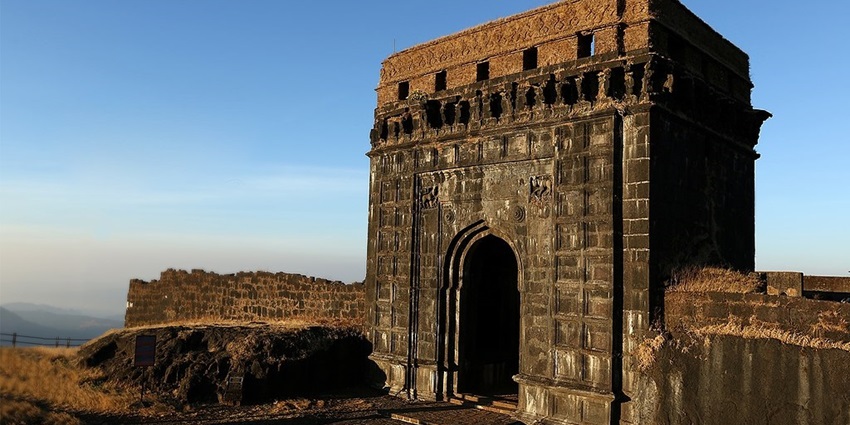
Photo: Nilamgandhre / Wikimedia Commons / Image For Representation Only
Sindkhed Raja holds historical importance because it served as the birthplace of Rajmata Jijabai, who was the mother of Chhatrapati Shivaji Maharaj. History enthusiasts will find the town appealing because of its numerous historical forts, temples, and palaces. The Jijabai Palace stands as a top attraction thanks to its perfectly preserved Maratha architectural design.
Location: 60 km from Lonar Lake
Best Time To Visit: Winter and early summer
Where To Eat Near Lonar Lake
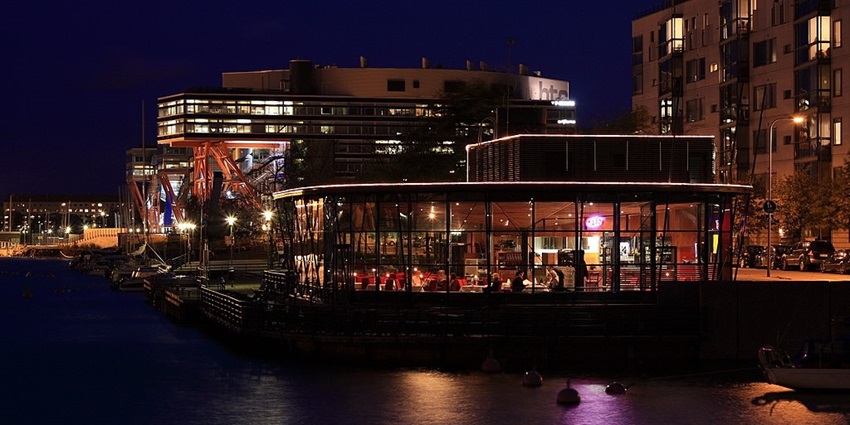
Photo: MattiPaavola / Wikimedia Commons / Image For Representation Only
Although Lonar does not feature upscale dining options, visitors can enjoy Maharashtrian food at several local restaurants and dhabas. Maharashtrian thalis as well as dal rice, bhakri, zunka and varan bhaat are readily available when you need a proper meal. Near the lake there exist small restaurants and food stalls that provide fresh vegetarian meals and serve popular snacks such as poha, vada pav and misal pav. The MTDC Resort Restaurant stands out as a dependable dining choice, with simple yet delicious meals presented in a tidy environment.
Where To Stay Near Lonar Lake
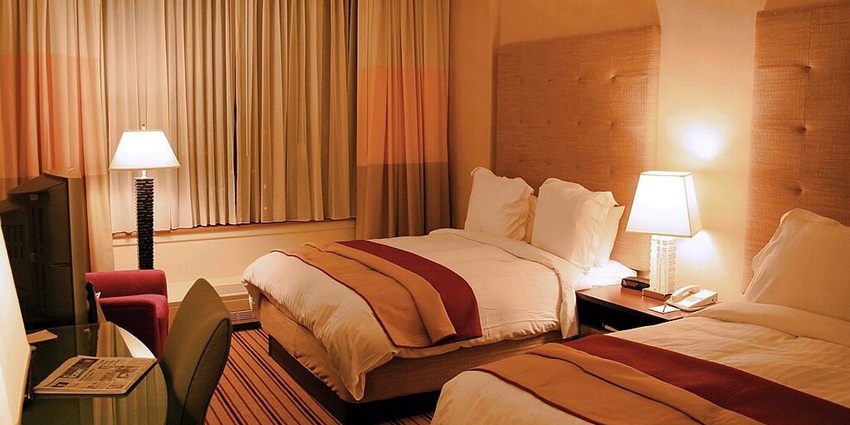
Photo: Derek Jensen / Wikimedia Commons / Image For Representation Only
Lonar provides limited accommodation choices yet includes several suitable options for travellers seeking comfort. MTDC Resort stands out as the most convenient accommodation option, providing basic yet well-maintained rooms, an in-house restaurant, and easy access to Lonar Lake. The resort sets a tranquil atmosphere that attracts nature enthusiasts and visitors who want to explore the crater at a relaxed pace. Hotel Krishna Lodge provides affordable accommodations featuring basic amenities that cater specifically to backpackers and solo tourists.
Other Factors To Consider
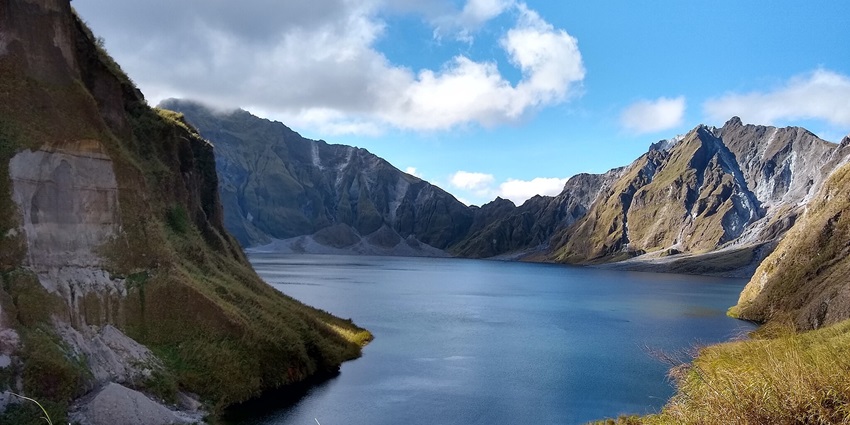
Photo: Lance Vanlewen / Wikimedia Commons / Image For Representation Only
Average Cost Of The Trip
A trip to Lonar Lake in Maharashtra typically costs between ₹3,850 and ₹4,500 per person for a 2-night, 3-day package. This includes transportation from Mumbai, accommodation, meals, and guided tours. Day tours from Aurangabad are available, priced between $69 and $93 (approximately ₹5,000 to ₹6,700). These usually cover transportation, guide fees, and entry charges.
Tips For Travellers
- Wear comfortable footwear, as exploring Lonar Lake involves trekking down the crater, which can be steep and uneven.
- Carry sufficient water and snacks since there are limited food stalls near the lake.
- Visit early in the morning to avoid the midday heat, especially during summer.
- Avoid touching the lake water as its alkaline nature may cause skin irritation.
- Keep an eye out for wildlife like langurs and birds, but avoid feeding them.
Lonar Lake stands as an awe-inspiring geological marvel where history meets mythology and science. This breathtaking crater lake provides experiences for nature enthusiasts as well as history fans and adventure seekers. A visit to Lonar delivers a unique experience through ancient temple exploration and crater trekking combined with bird watching and regional culinary delights. So, don’t wait any longer, and plan your trip to Lonar Lake with TripXL now.
Cover Photo: Vivek Ganesan / Wikimedia Commons


 WhatsApp
WhatsApp
 Twitter
Twitter









